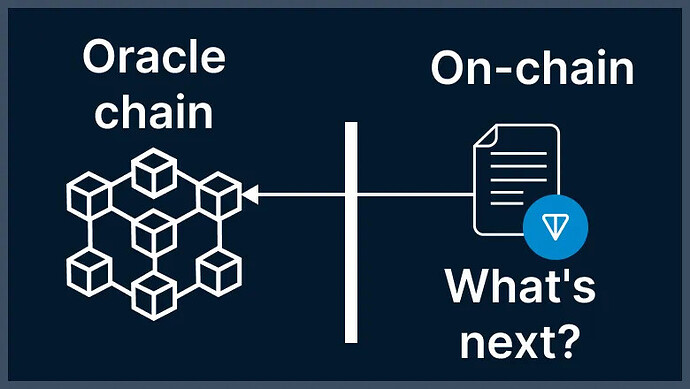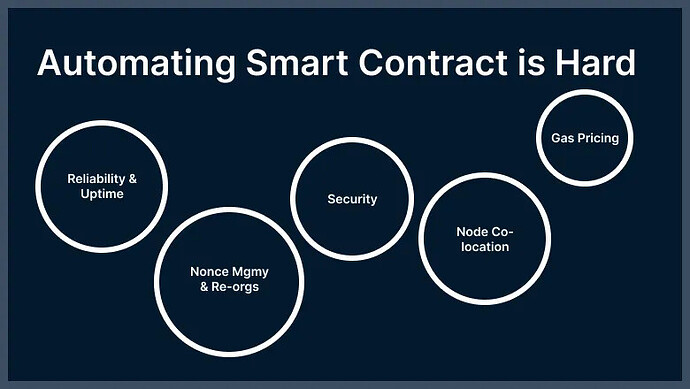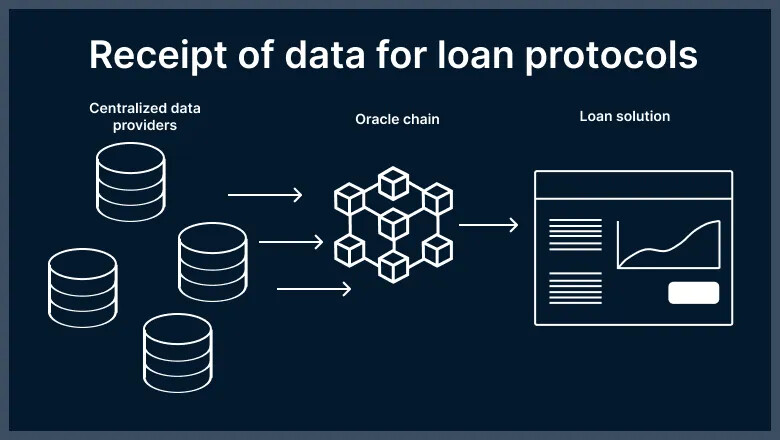By Ivan Romanovich
The Emergence of New Possibilities in Blockchain Technology
The recent partnership between RedsTONe Oracle and the TON blockchain has sparked excitement in the blockchain community. This collaboration is not just another headline; it’s a gateway to innovative projects on TON. But the question arises: beyond the common applications like cryptocurrency price predictions or lotteries, what groundbreaking projects can be created using oracles?
In this article, we delve into the practical applications of oracles in the blockchain world, focusing on their real-world utility beyond the obvious.
1. Proof of Reserve: Ensuring Stability in a Volatile World
Cryptocurrency’s inherent volatility necessitates stable assets. Stablecoins, backed by fiat currency rates or commodities, are a popular solution. However, the crux lies in ensuring these tokens genuinely represent the underlying assets. Audits, like those for USDC and USDT, often raise more questions than they answer. What exactly backs these coins, and can we trust their stability?
This is where oracles can be a game-changer. Imagine a system where token reserves are confirmed in real-time by validators through a bank’s API. This transparent mechanism can regulate the issuance or burning of stablecoins based on actual reserves, adding a layer of trust to these digital assets.
2. Oracle Infrastructure for Automating Trading Strategies
Automation in blockchain trading isn’t just about convenience; it’s about reliability and fault tolerance. Services like automatic portfolio rebalancing depend on continuous monitoring of blockchain changes. Oracles offer a robust infrastructure for such automation, allowing trading services to outsource their uptime and reliability challenges.
A notable example is a company using Chainlink’s automation for its trading robot, demonstrating the effectiveness of on-chain event automation in a comprehensive video.
3. Resiliency in Decentralized Lending
Decentralized lending protocols typically involve locking funds in smart contracts. However, high volatility can diminish the value of these funds. A novel approach is securing loans with a 110% cryptocurrency collateral, offering stablecoins in return, without a fixed repayment schedule.
This model needs constant access to USD/cryptocurrency pair values. The decentralized oracle system’s fault tolerance becomes crucial here, ensuring accuracy and preventing fraud in loan protocols.
4. Streamlining Insurance Processes with Oracles
In the insurance sector, oracles don’t necessarily innovate but expedite existing processes. By sourcing data from oracles, insurance companies can significantly speed up their application processing, a boon particularly for logistics.
An example is Otonomi.ai, which uses data from oracles in their insurance claim decisions, as elaborated by their CEO in a detailed video.
5. Derivatives Market and Data Relevance
In derivatives, timing and accuracy of data are paramount. Delays can be exploited for profit, making data relevance crucial. Exploring off-chain and on-chain oracle solutions in this context can shed light on how they address this challenge, as discussed in a dedicated article.
Conclusion
Oracles in blockchain offer more than meets the eye. Their potential lies in properties like fault tolerance and smart contract automation. The entry of oracles into the TON ecosystem heralds a new era of innovative DApps.
For those interested in TON blockchain, I have open-source lessons on creating applications on TON, available on GitHub. Also, keep an eye out for upcoming tutorials on integrating Redstone oracles with TON smart contracts.
Stay Updated: For the latest tutorials, join our Telegram channel at TON Learning.




